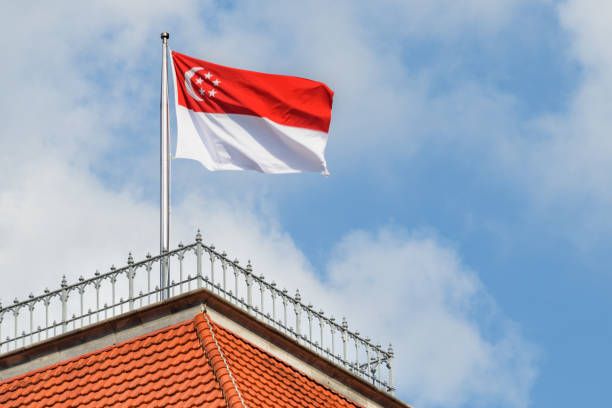Singapore is introducing a new set of immigration controls, No-Boarding Directives (NBDs), aimed at stopping high-risk travellers before they enter the country.
From 2026, the directive will empower immigration authorities to instruct airlines and shipping companies to deny boarding to passengers flagged as security, public health, or immigration risks.
The No-Boarding Directives (NBDs) are part of a wider national strategy that includes expanded biometric clearance systems and more stringent immigration protocols across all entry checkpoints.
According to the government, the move is designed to bolster national security, safeguard public health, and prevent illegal entry before it happens.
Singapore to roll out no-boarding directives in phases
The No-Boarding Directives (NBDs) were introduced following the Immigration (Amendment) Act, which took effect on December 31, 2024.
Under the new rules:
- Airlines must start enforcing the directives from 2026.
- Shipping companies are expected to comply by 2028.
Land checkpoints such as those used by buses and private vehicles entering from Malaysia are not yet included, though the Immigration & Checkpoints Authority (ICA) is considering how to extend screening to those routes.
The goal is to stop unwanted travellers before they arrive at Singapore’s borders. ICA plans to use data analysis, security checks, and biometric profiling to identify potential threats early.
ICA denies entry to 43% more foreigners in early 2025
The Immigration & Checkpoints Authority (ICA) stopped 43% more foreigners from entering Singapore in the first half of 2025 than it did during the same period in 2024, following the use of stronger checks and better screening tools.
The increase is tied to efforts to spot high-risk individuals before they reach Singapore’s border, as part of measures to improve security. ICA hasn’t given exact details, but those turned away likely fall into the following categories:
- Individuals previously deported or banned due to criminal records
- Persons flagged as security or public health threats
- Travellers with suspected links to extremist groups or organized crime networks
Officials say the goal is not to stop genuine visitors, but to catch potential threats earlier and protect Singapore’s security and public health.
More people are passing through Singapore’s borders. In 2024, 230 million travellers used its checkpoints, up from 197 million in 2015.
With three major infrastructure projects underway, the numbers are expected to rise further:
- Johor Bahru–Singapore Rapid Transit System (RTS): Set to launch by December 2026
- Changi Airport Terminal 5: Expected in the mid-2030s
- Woodlands Checkpoint expansion: Targeted within 10–15 years
The challenge is that ICA can’t keep increasing its staff at the same pace. Instead, it’s putting more resources into better technology.
One major change for travellers is passport-free immigration clearance
Under ICA’s New Clearance Concept, which began in 2019 and is now fully in place, all travellers, regardless of nationality, can clear immigration using biometrics:
- At air and sea checkpoints: Facial or iris scans have replaced passport stamps.
- At land checkpoints: Clearance is done using QR codes, with full biometric checks expected soon.
By June 30, 2025, 93 million people had cleared immigration without showing a passport. That number continues to rise.
Many travellers from the region still fly into Malaysia and enter Singapore by car, taxi, or bus. These land routes have had less pre-screening, as transport operators aren’t required to share advance passenger data like airlines do.
Singapore’s authorities are aware of the gap and are working to fix it.
ICA plans to bring no-boarding-style checks to land crossings as well. While this will take time, travellers should expect more data collection and monitoring on cross-border road travel in the coming years.











